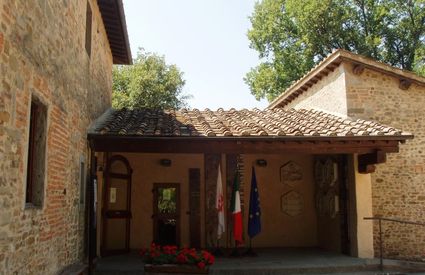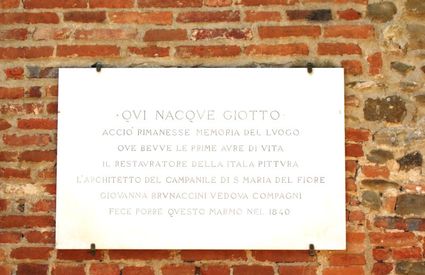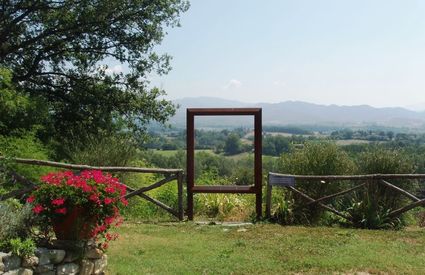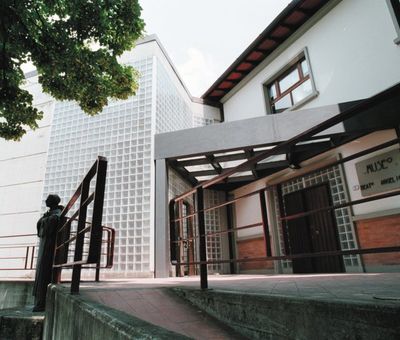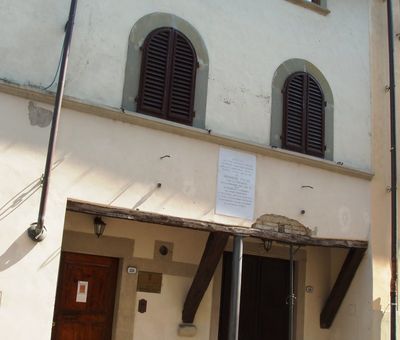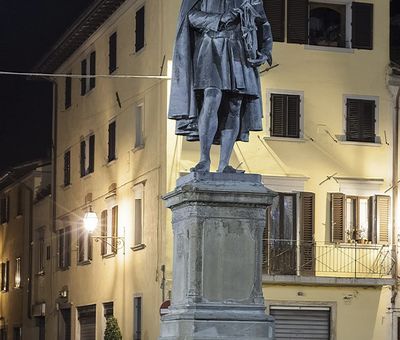Beato Angelico
But if this is the beginning of a lasting relationship with art history, the scenery of Vicchio as a source of inspiration for the great masters of Tuscan painting, certainly doesn’t end with Giotto. 130 years later, Guido di Piero was born here, the future Beato Angelico. The Museum of Sacred Art and People’s Religion is dedicated to him, situated in the old centre of Vicchio. The museum seeks to combine the reason for artistic inspiration to the fact of anthropological research, thereby offering an image of religion through the heritage of memories and sentiments that bind devotional objects and priceless works of art to their place of belonging.
Benvenuto Cellini
Continuing to weave this thread that binds the greatest masters in art history to our land, between 1559 and 1571, Benvenuto Cellini also often stayed in Vicchio. His buying of a small farm, meeting people and the town are related in its unmistakable narrative style in some striking pages of “Vita”, in which we find out about the places, names and figures of the time.
And, passing through, Giosuè Carducci
Perché non si perdesse questa lunga storia che vede Vicchio legata a doppio filo con quanto di meglio ha prodotto l’ingegno artistico toscano, il poeta Giosuè Carducci, spesso ospite della famiglia nobile dei Giarrè Billi nella frazione di Pilarciano, fu il presidente del comitato che portò, nel 1901, all’erezione della statua di Giotto, che ancora oggi si può ammirare nella piazza centrale del paese.


